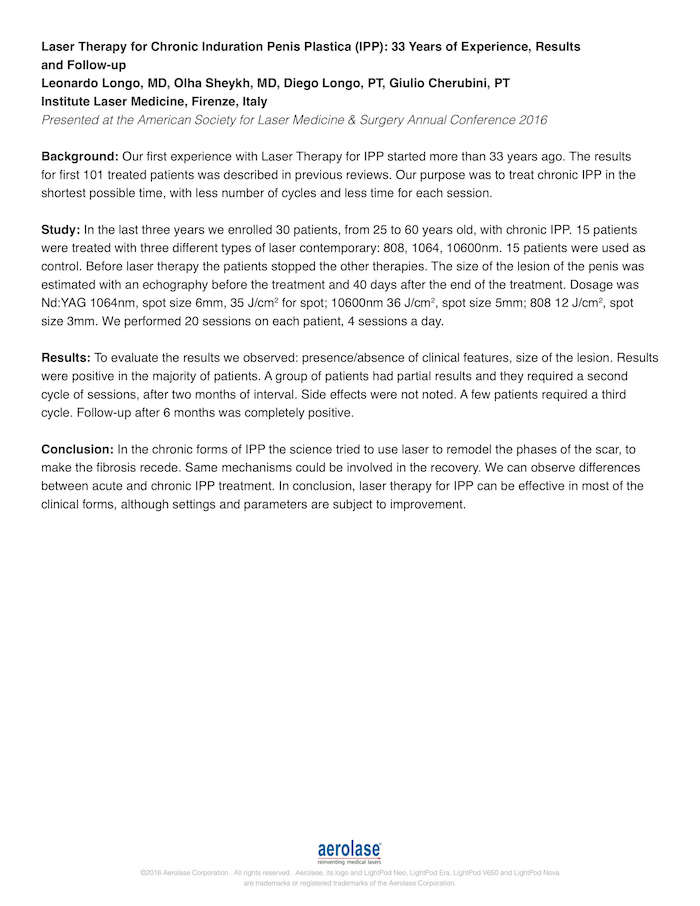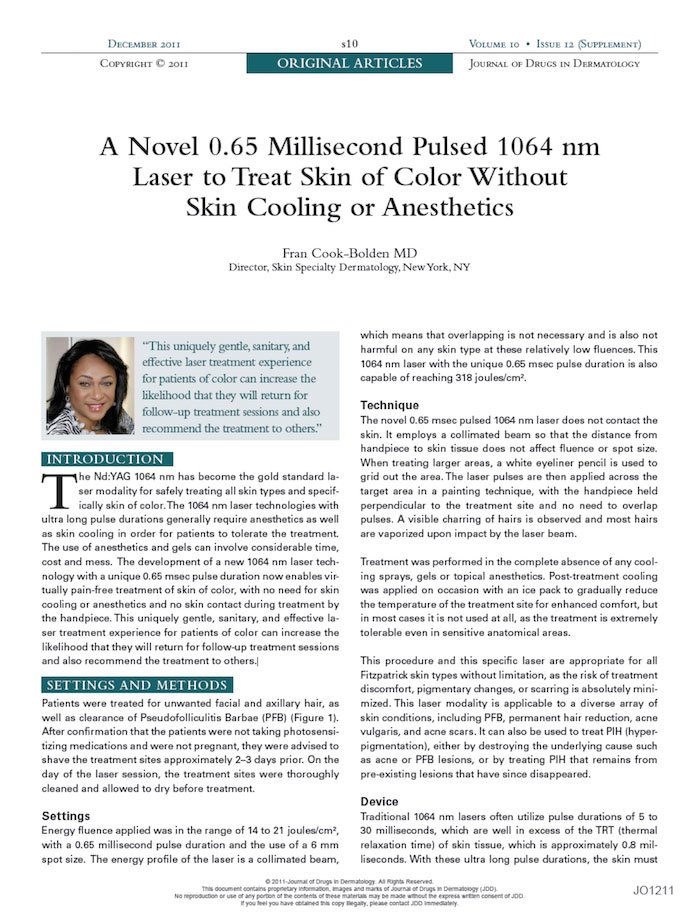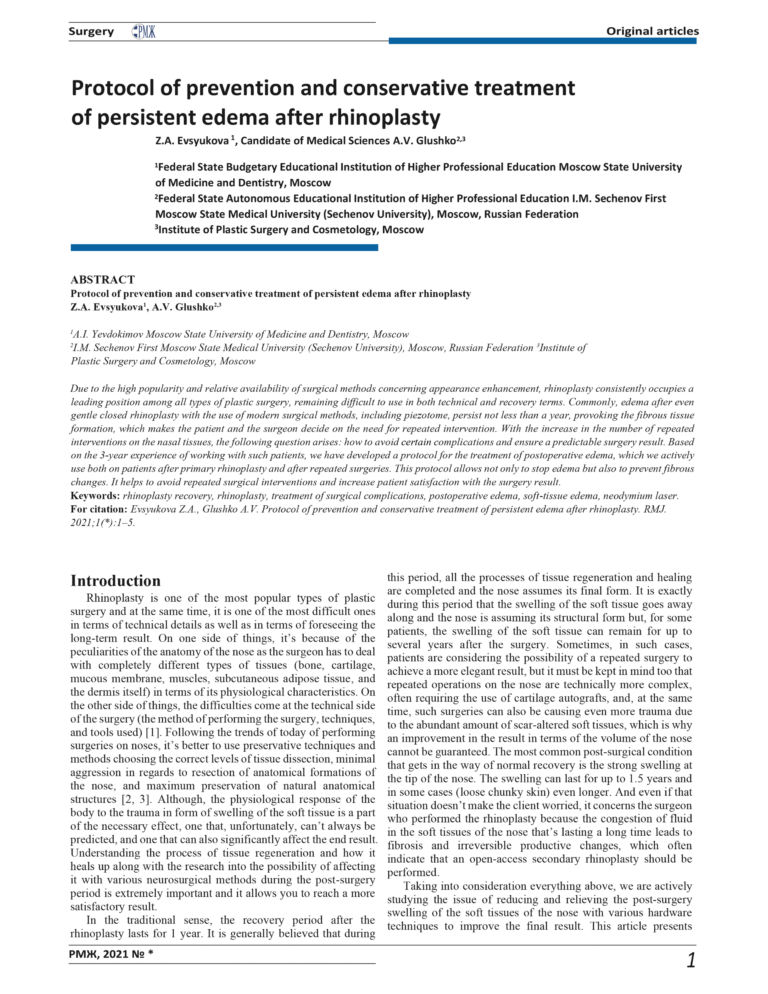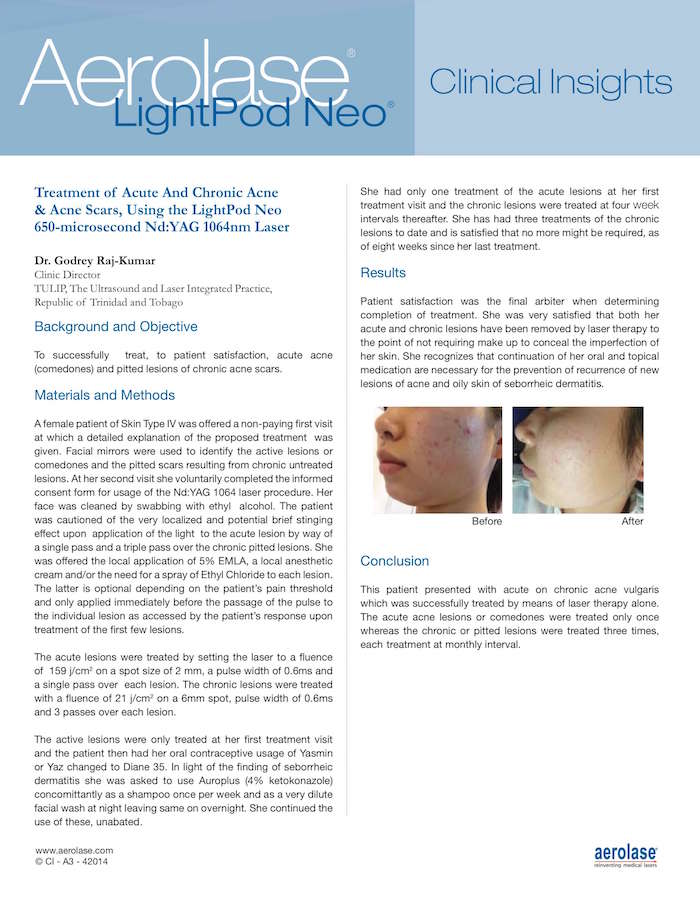Leonardo Longo, MD, Olha Sheykh, MD, Diego Longo, PT, Giulio Cherubini, PT, Institute Laser Medicine, Firenze, Italy
Background
Our first experience with Laser Therapy for IPP started more than 33 years ago. The results for first 101 treated patients was described in previous reviews. Our purpose was to treat chronic IPP in the shortest possible time, with less number of cycles and less time for each session.
Study
In the last three years we enrolled 30 patients, from 25 to 60 years old, with chronic IPP. 15 patients were treated with three different types of laser contemporary: 808, 1064, 10600nm. 15 patients were used as control. Before laser therapy the patients stopped the other therapies. The size of the lesion of the penis was estimated with an echography before the treatment and 40 days after the end of the treatment. Dosage was Nd:YAG 1064nm, PW, spot-size 6mm2, 35 J for spot; 10600nm 36 J/cm2, spot-size 5cm2; 808 12 J/cm2, spot size 3cm2. We performed 20 sessions on each patient, 4 sessions a day.
Results
To evaluate the results we observed: presence/absence of clinical features, size of the lesion. Results were positive in the majority of patients. A group of patients had partial results and they required a second cycle of sessions, after two months of interval. Side effects were not noted. A few patients required a third cycle. Follow-up after 6 months was completely positive.
Conclusion
In the chronic forms of IPP the science tried to use laser to remodel the phases of the scar, to make the fibrosis recede. Same mechanisms could be involved in the recovery. We can observe differences between acute and chronic IPP treatment. In conclusion, laser therapy for IPP can be effective in most of the clinical forms, although settings and parameters are subject to improvement.




